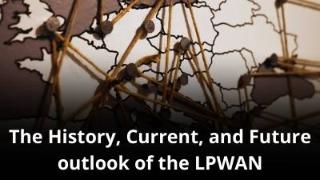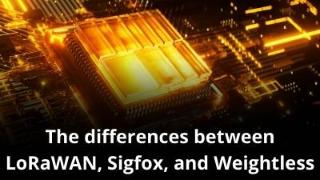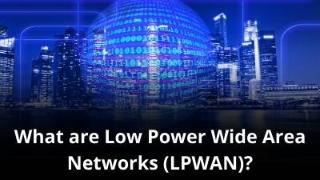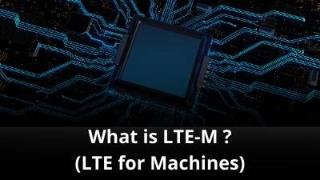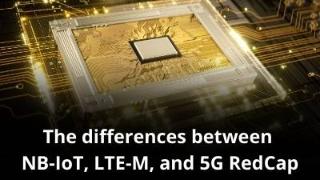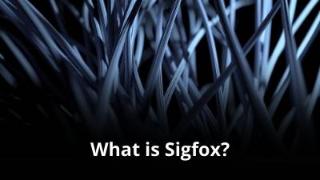What are the differences between NB-IoT, LTE-M, and 5G RedCap??
The Internet of Things (IoT) is rapidly expanding, driven by the need to connect billions of devices and sensors to the internet. To accommodate the diverse requirements of these devices, several low-power wide-area network (LPWAN) licensed technologies have emerged. Among the most prominent licensed technologies are NB-IoT, LTE-M, and the newly introduced 5G RedCap.
Lets look into the key differences between these three licensed technologies, providing a comprehensive comparison across various parameters. By understanding the strengths and weaknesses of each technology, you can make informed decisions when selecting the optimal solution for your IoT projects.
We will explore factors such as spectrum, coverage, data rates, power consumption, cost, reliability, security, and use case suitability to help you navigate the complex landscape of LPWAN technologies.
The differences between NB-IoT, LTE-M, and 5G RedCap
Spectrum and Regulatory Environment
As previously mentioned, NB-IoT, LTE-M, and 5G RedCap all operate on licensed spectrum. This grants exclusive access to network operators, ensuring a higher level of service quality and reliability compared to unlicensed technologies. However, it also comes with significant costs associated with spectrum acquisition and licensing fees.
The choice of spectrum band significantly impacts network performance, coverage, and cost. Lower frequency bands, such as those in the 700 MHz and 800 MHz range, offer better building penetration and wider coverage but are often more expensive. Higher frequency bands, while potentially offering higher data rates, typically have shorter ranges.
The regulatory environment plays a crucial role in the deployment and operation of these technologies. Different countries and regions have varying spectrum allocations, licensing procedures, and network deployment requirements. This can impact the availability and cost of services.

Coverage and Deployment
NB-IoT:
Known for its extensive coverage, NB-IoT excels in reaching remote areas and penetrating buildings. Its focus on low power consumption allows for a denser network of base stations, improving overall coverage. However, in areas with heavy congestion or complex terrain, coverage might be limited.
LTE-M:
Offers a balance between coverage and data rate. It leverages existing LTE infrastructure, providing good coverage in urban areas. While not as strong as NB-IoT in terms of deep indoor penetration, it can still reach a significant portion of users.
5G RedCap:
Benefits from the 5G network’s advanced coverage capabilities. It aims to extend cellular network reach into remote areas and improve indoor penetration. However, the actual coverage depends on the specific deployment and the availability of 5G infrastructure.

Data Rates and Latency
NB-IoT:
Prioritizes low power consumption over data rate, making it suitable for applications with minimal data requirements. Its uplink and downlink data rates are typically in the range of a few hundred bits per second to tens of kilobits per second.

LTE-M:
Offers significantly higher data rates than NB-IoT, enabling more data-intensive applications. It supports uplink and downlink speeds in the range of hundreds of kilobits per second to megabits per second.
5G RedCap:
Provides a flexible range of data rates, bridging the gap between NB-IoT and traditional 5G. It can support both low and moderate data rate applications, offering more versatility.
Power Consumption and Battery Life
NB-IoT:
Excels in power efficiency, designed for devices with long battery life requirements. Its power-saving features, such as deep sleep and discontinuous reception, maximize battery life.
LTE-M:
Offers improved power efficiency compared to traditional LTE but consumes more power than NB-IoT. It is suitable for devices that require a balance between data rate and battery life.
5G RedCap:
Incorporates power-saving features to extend battery life, but its power consumption is generally higher than NB-IoT. It is designed for devices with moderate power requirements.
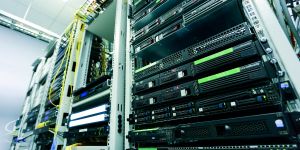
Cost Considerations
NB-IoT:
Generally offers lower device and network deployment costs due to its focus on low data rates and power consumption. However, the cost of data plans can vary depending on the operator and usage.

LTE-M:
While more expensive than NB-IoT, LTE-M provides a better balance between cost and performance. Device costs are higher due to the more complex hardware, but operational costs might be similar.
5G RedCap:
Inherits the cost structure of 5G networks, with higher initial investments but potential for long-term cost reductions through economies of scale. Device costs are expected to be higher than NB-IoT and LTE-M.
Reliability and Availability
All three technologies leverage the robust infrastructure of cellular networks, providing a high level of reliability and availability. However, factors such as network congestion, weather conditions, and operator maintenance can impact performance. 5G RedCap, being a newer technology, may have some initial challenges in terms of network coverage and stability.

Security
Security is a critical aspect of IoT deployments. All three technologies benefit from the strong security features built into cellular networks, including encryption, authentication, and over-the-air updates. However, the specific security measures and implementations may vary. It is essential to adopt additional security practices at the device and application levels to ensure comprehensive protection.

Use Case Comparison
NB-IoT:
Ideal for applications with low data rates and long battery life requirements, such as smart metering, asset tracking, and environmental monitoring.

LTE-M:
Suitable for a wider range of IoT applications that require moderate data rates and acceptable battery life, including asset tracking, smart agriculture, and industrial automation.
5G RedCap:
Targets more demanding IoT use cases that require higher data rates and performance, such as advanced asset tracking, industrial automation with complex data processing, and certain smart city applications.
Summary differences between NB-IoT, LTE-M, and 5G RedCap
The choice between NB-IoT, LTE-M, and 5G RedCap depends on the specific requirements of the IoT application. NB-IoT excels in low power, low data rate scenarios, while LTE-M offers a balance between performance and power consumption. 5G RedCap targets the high end of the IoT market with its higher data rates and advanced capabilities. As technology continues to evolve, these licensed technologies are likely to converge, offering even more flexibility and options for IoT deployments.
